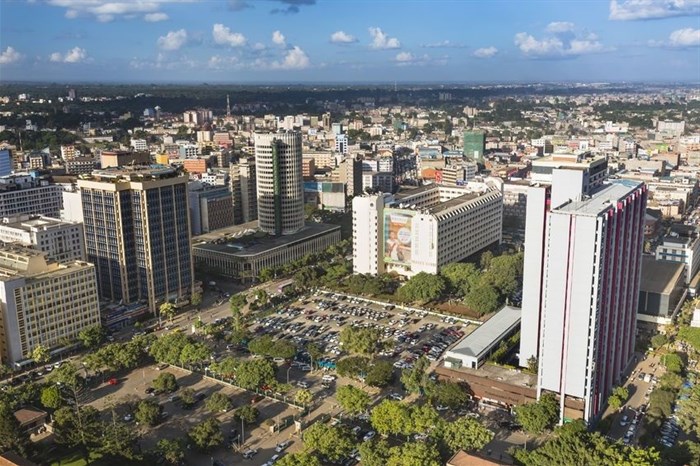Key insights into Kenya's hospitality industry
The travel and hospitality industry ins Kenya is essential for driving growth, providing foreign exchange and creating employment for thousands of Kenyans - as such, in 2017, the industry supported 1.1 million jobs (9% of total employment), and by end of 2018 the employment rate is expected to rise by 3.1%, and by 2.6% pa by 2028 to provide 1.5 million jobs (8.5% of total employment).

While launching the report, now in its third edition, Jumia Travel Kenya country manager, Cyrus Onyiego said: "Having been in the industry for approximately five years now, we know how important factual industry data is in making informed decisions. It is, therefore, our objective to provide information that will help our partners - hotels, airlines, customers, and other interested parties - in making decisions that will increase their Return on Investment."
‘Pay-at-Hotel’ dominates payment methods
The percentage share of the Pay-at-Hotel as a method of payment on Jumia Travel stands at 54% as compared to 26% made via mobile payment. Card payments contribute 14%, still raising the question of credit card security when it comes to online payments. Launched in 2017, Jumia Travel’s offline travel agencies - aimed at converting more offline travellers online - are already contributing 6% to the payments, with a higher percentage expected by the end of 2018.
"We want to ensure seamless transactions for our customers at the best price guarantee, and therefore must keep innovating to develop new solutions customised for this market," emphasised the company’s COO Estelle Verdier.
"We cannot rely fully on automated transactions as hoteliers are still in the process of fully adopting the online channels. Moreover, many customers still want to be physically guided through the booking process. In this context, we must operate a solution made of technological bricks and offline elements," she said, speaking on the value of the offline presence.
Three-star establishments remain King attracting 35% of total bookings, while two-star and four-star hotels take home 30% and 26% respectively. Nairobi is the most popular destination with 35%, followed by Mombasa at 30% and Diani at 15%. Mobile bookings stand at 71%, aided by the Jumia mobile app available on both Android and IoS platforms. Bookings carried out on desktops recorded 26%, while the tablet saw a mere 3% of bookings in 2017.
Kenya’s aviation and tourism overview
A border-less air transport market will play a big role in eliminating some of the barriers such as airport charges and high levels of taxation in Africa, according to Judy Waruiru, Jambo Jet's head of sales and marketing. She notes that "this would result in more affordable travel, increased frequencies, as well as create jobs in the aviation sector."
Again, accessibility of flights bookings through the internet is a major element driving Kenyans' flight culture, as stated by Kelvin Mwasi, commercial manager of Skyward Express. He further highlighted the role of local aviation companies in transforming Kenya’s domestic tourism, by, for instance, introducing flights to emerging key tourist destinations such as Eldoret and Lodwar. "As we open new routes in the domestic market, we see domestic tourism increasing as Kenyans find it convenient, reliable, and affordable to take regular holidays."
Speaking during the launch of the analysis and on behalf of the managing director, Tourism Finance Corporation's (TFC) head of credit Norah Ratemo said that the corporation is improving the customer experience in the country. Investment is now being directed to diverse tourism products in 47counties.
The tourism projects targeted by TFC include, but not limited to:
• Cruise boats in Mombasa and Kisumu
• City bus tour vehicles in Mombasa, Nairobi and Kisumu
• Floating restaurants in Mombasa and Kisumu
• Zip lines /any adrenaline pump activities
• Amusement parks
• Water fun parks
The travelling patterns and dynamics in Kenya are gradually being reshaped, and so is the resilient nature of the tourism industry. As Rosemary Mugambi, Serena Hotels regional sales and marketing director of EA acknowledges, the government has made significant strides in enhancing the industry. "Through the National Tourism Blueprint, the government is identifying new opportunities that should allow the opening of a wider scale of diverse tourism products," she said, noting that closer partnerships with the private sector and other stakeholders should be expected, to ensure long-term sustainability and alignment of tourism products with market needs.























